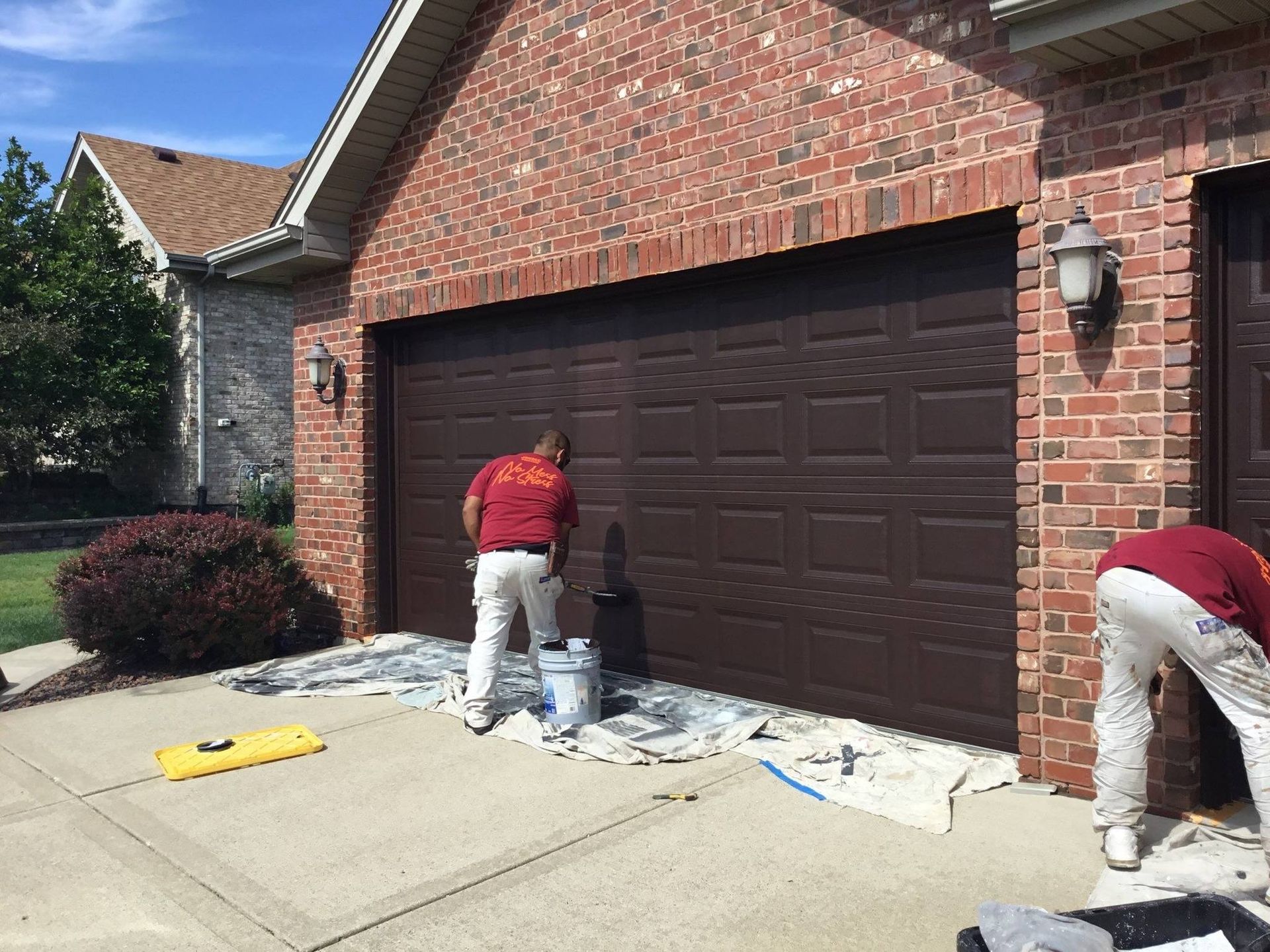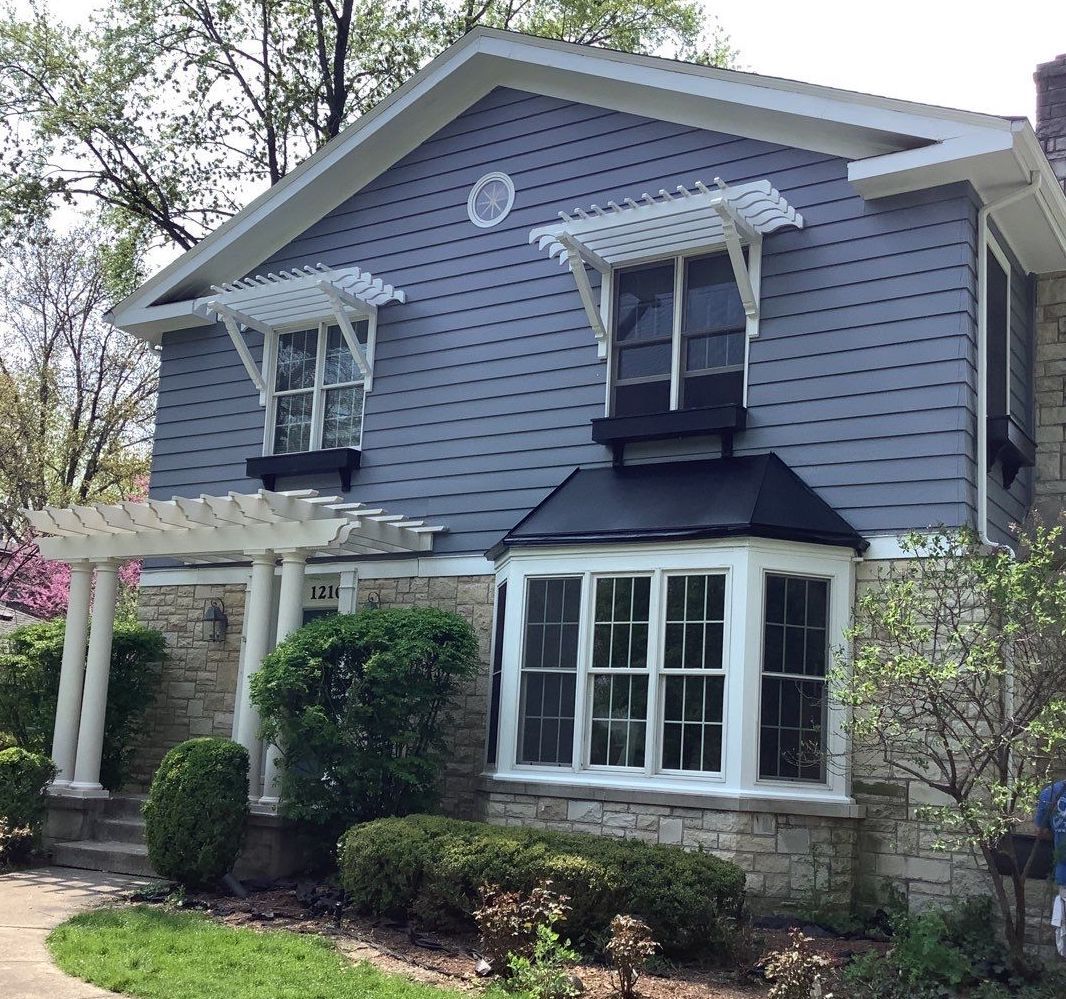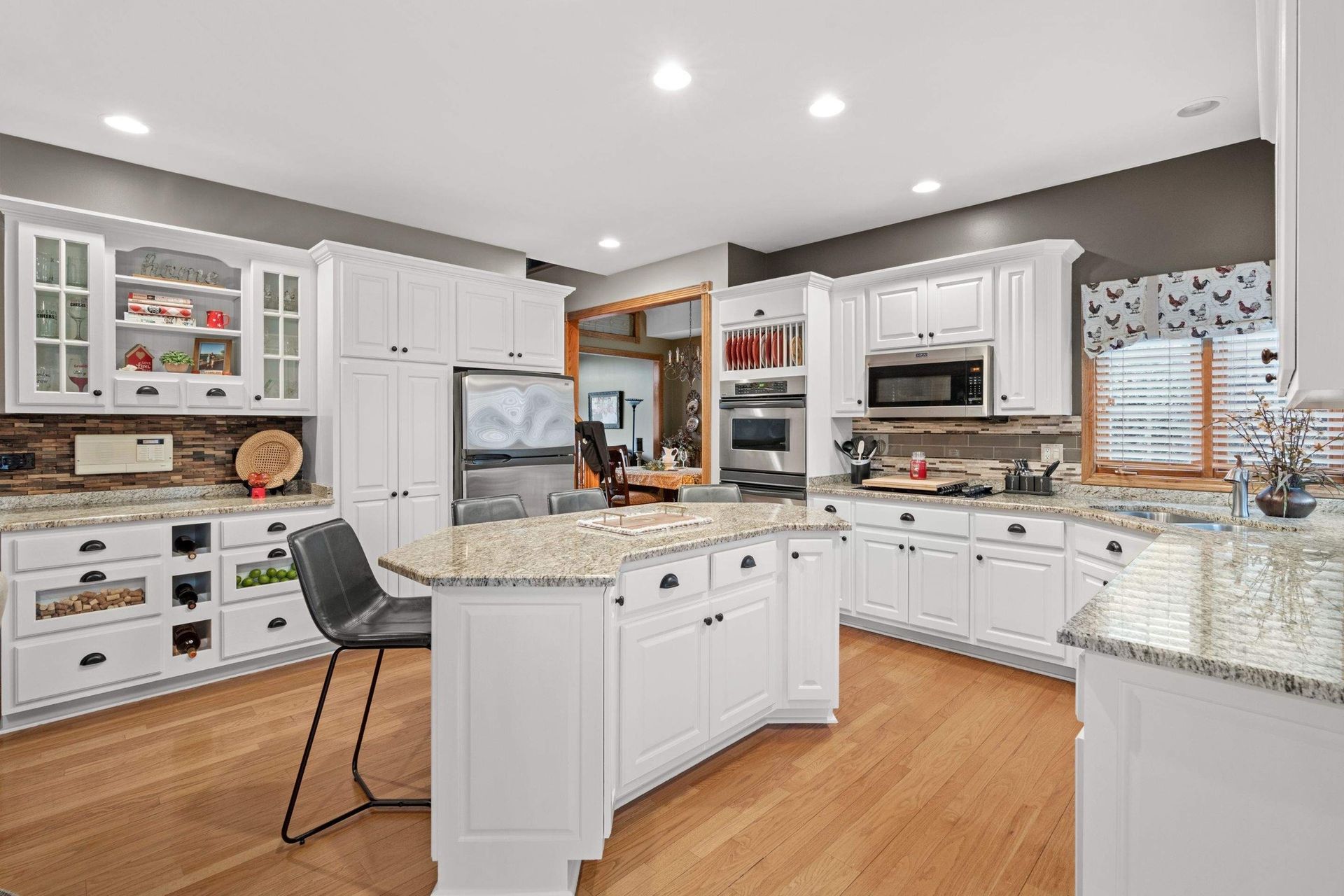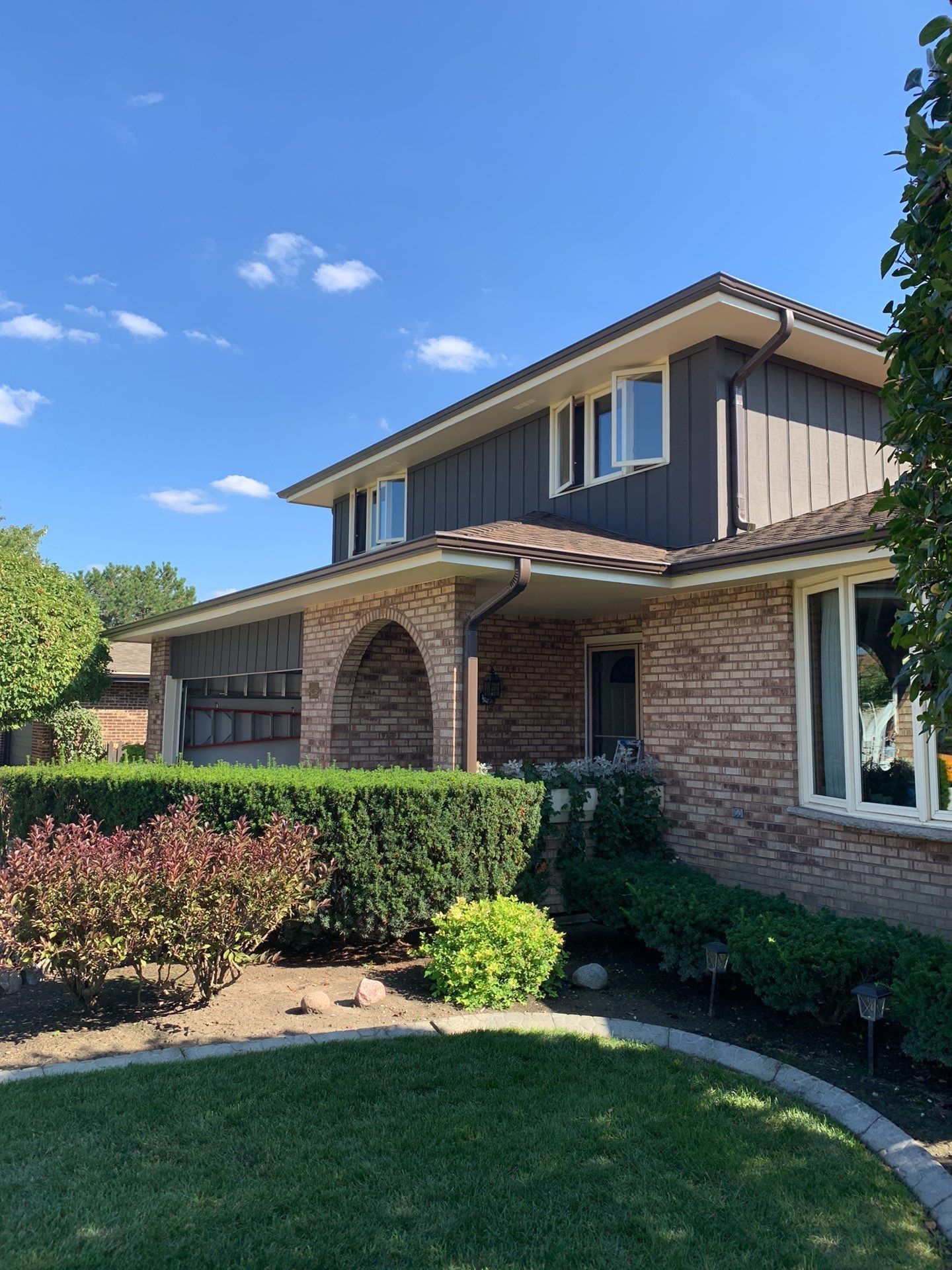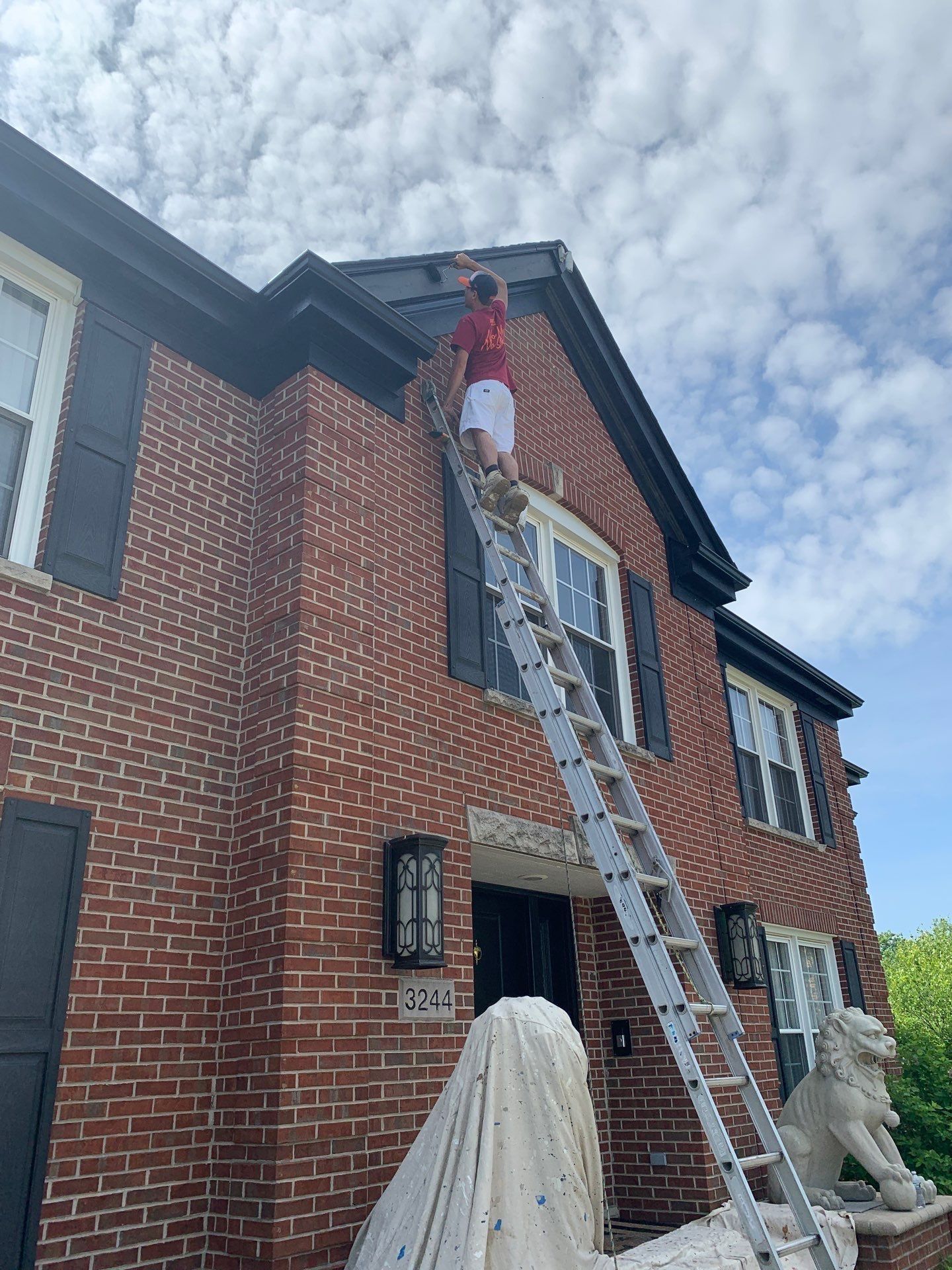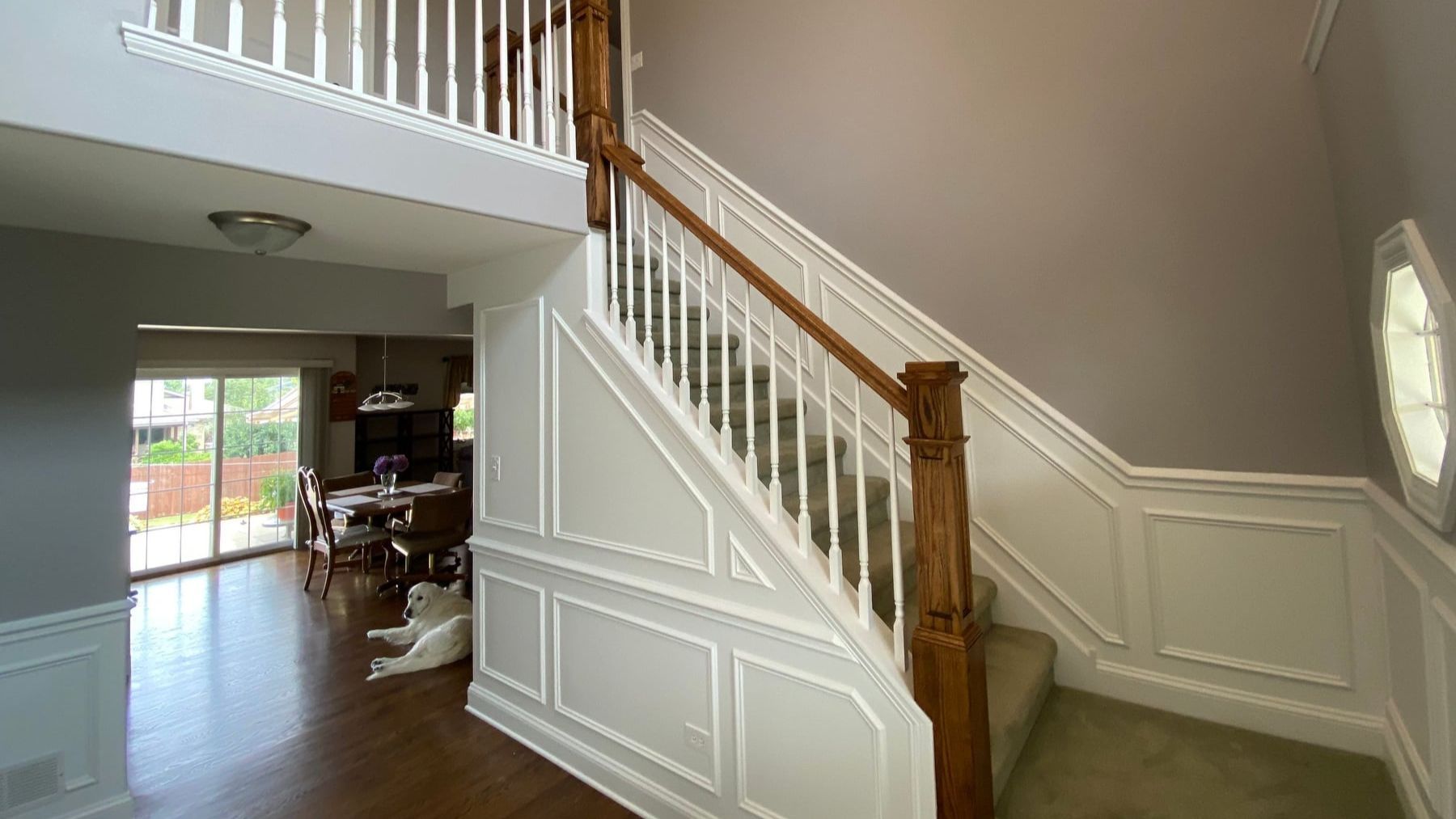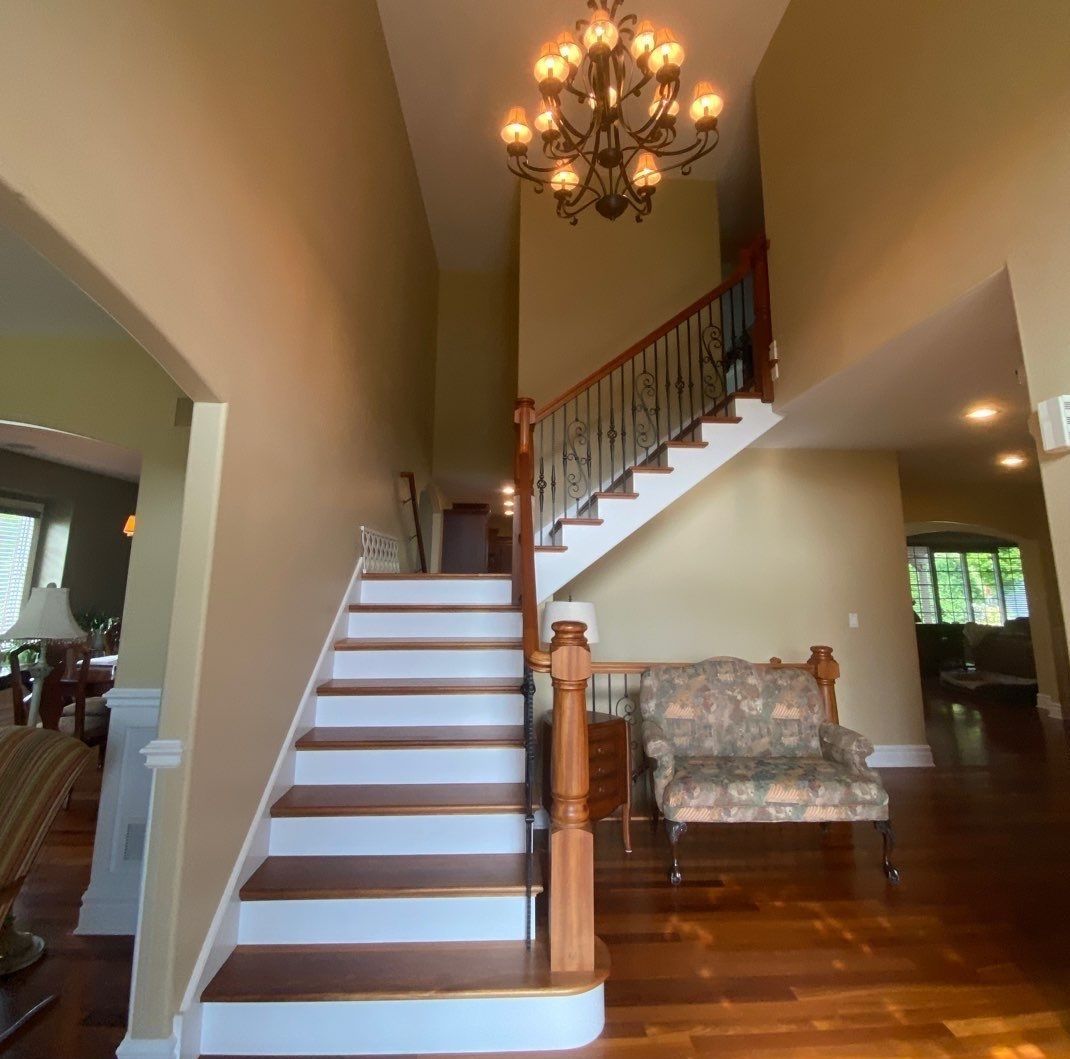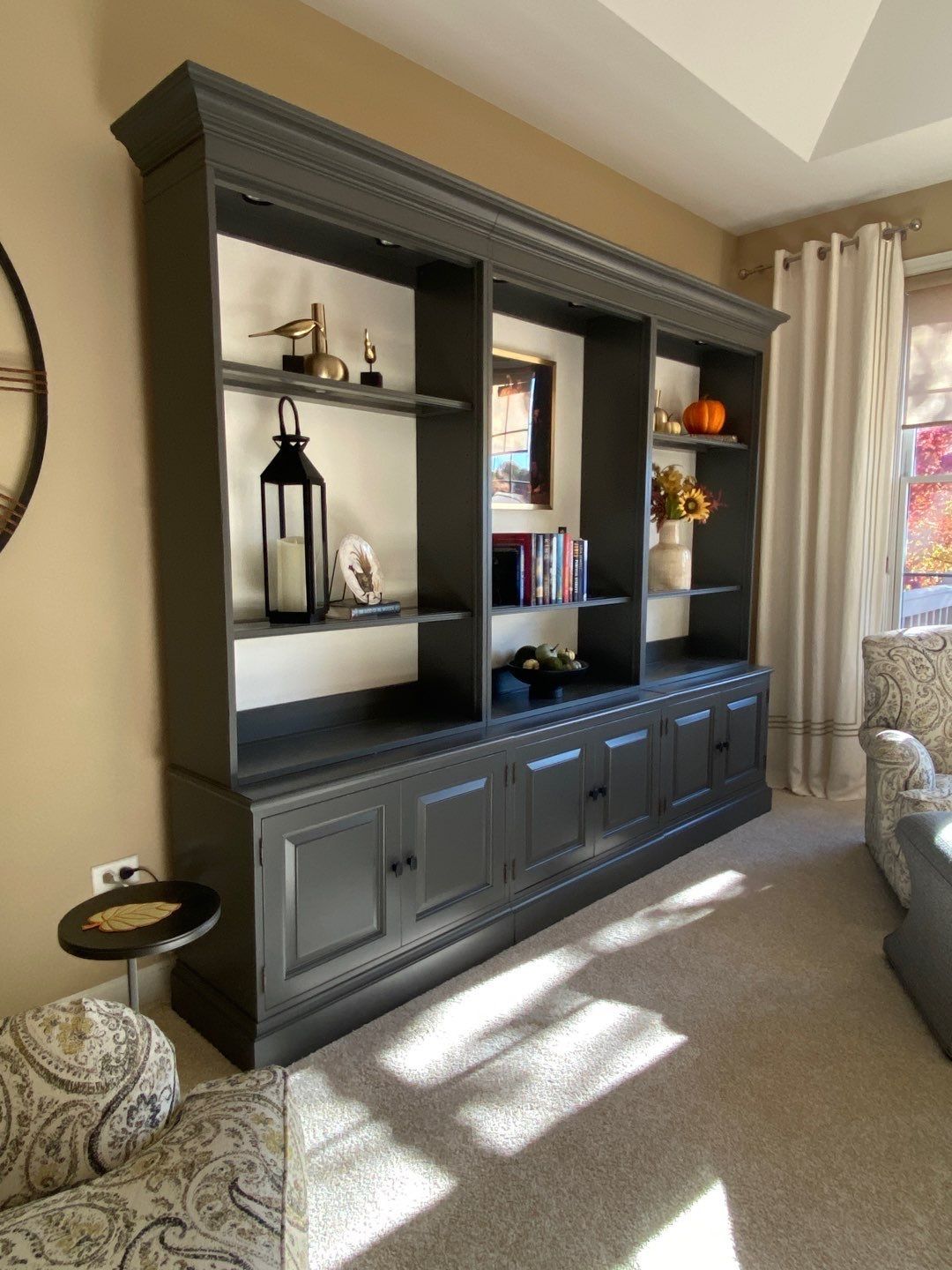5 Signs It's Time for Exterior Painting in the Chicagoland Area
5 Signs It's Time for Exterior Painting in the Chicagoland Area
How do you know when it’s time for fresh exterior paint?
Most homeowners assume that you’ll know when you see it. Maybe cracking or peeling paint, chips or flakes in your landscaping, or your curb appeal just isn’t what it used to be. All are valid, but here’s the thing:
if you wait until total exterior paint failure you’ve waited too long. More time and expense is involved in remediating a paint job that’s so far gone, making it much more cost-effective to maintain your home between repaints.
Today, let’s discuss five signs that it's time for exterior painting in the Chicagoland area, plus we'll answer some frequently asked questions to help you make informed decisions about your home's upkeep.
1. Mildew on the north side of your house
The north side of your house tends to receive less sunlight, making it more susceptible to mildew growth. If you notice mildew or mold spots, it's a clear sign that you need to address the issue before it causes further damage. Exterior painting, combined with proper surface preparation and the use of mold-resistant paint, can help prevent future growth and keep your home looking fresh.
2. Caulking separating
As a quick refresher, caulking is the flexible sealer that’s applied around doors, windows, trim, and other gaps throughout your home (indoors and out). Over time, caulking will deteriorate due to weather conditions, temperature fluctuations, and age, losing its elasticity and growing brittle. If you notice gaps or cracks where caulking is separating from your surfaces, it's a sign that it's time for a touch-up. Re-caulking and repainting the area can help protect your home from moisture, drafts, potential damage, and even pests.
3. Wood rot
Wood rot is a common issue in the Chicagoland area, especially in older homes. If you spot sections of softening, decaying wood on your home's exterior, it's crucial to address it right away. Repairing or replacing the affected areas and applying a fresh coat of paint will help protect your home from further deterioration. We also recommend replacing the wood with rot-resistant materials like PVC where possible, just to make sure you don’t chase a continuous problem. Priming and painting all sides of wood replacement surfaces (again, where possible) can also help.
4. Faded paint on south and west sides
Remember how we said the north side of your house tends to be shadier, and most prone to mold and mildew? The south and west sides have the opposite problem, typically bearing the brunt of UV exposure. If you notice significant fading, it's an indication that the paint's protective qualities have diminished, and it's time for a new coat. Maintaining these sun-drenched areas will help preserve your home's curb appeal plus protect the underlying surfaces. Think of it as the ultimate application of sunscreen for your siding!
5. Peeling or cracking stucco
Stucco is a durable exterior material, but it can still crack or peel over time. If you notice any of these issues, don’t let it sit. Repairing the damaged areas and applying a fresh coat of paint will help restore your home's exterior and prevent further damage. Keep in mind too that you can’t use just any old paint; we recommend an elastomeric product designed to expand, contract, and offer the flexible finish your stucco needs.
FAQs
Q: How can I tell if the mildew on my home's exterior is a surface issue or a deeper problem?
A: Surface mildew can usually be removed with a thorough cleaning, while deeper mildew problems may require more extensive repairs. Consult a professional painting company for an accurate assessment.
Q: What type of paint is most resistant to fading?
A: Look for high-quality, UV-resistant paint with a higher volume of pigments and binders. This type of paint is better equipped to resist fading and protect your home's exterior.
Q: How often should I inspect my home's exterior for signs of damage?
A: It's a good idea to inspect your home's exterior at least once a year, ideally in the spring or fall. This will help you identify any issues early and address them before they worsen.
Q: How can I prevent wood rot from occurring on my home's exterior?
A: Regular maintenance, including painting, caulking, and sealing, can help protect your home from moisture and prevent wood rot. Additionally, ensure proper ventilation and drainage around your property.
The biggest takeaway here is that it pays to be proactive. Don’t wait for full deterioration as that really only puts your home and budget at risk. Routine care is the way to go! If you have any other exterior painting questions,
contact us at Jondec Painting. We’d love to chat with you.
Share
Let's Talk Paint!
